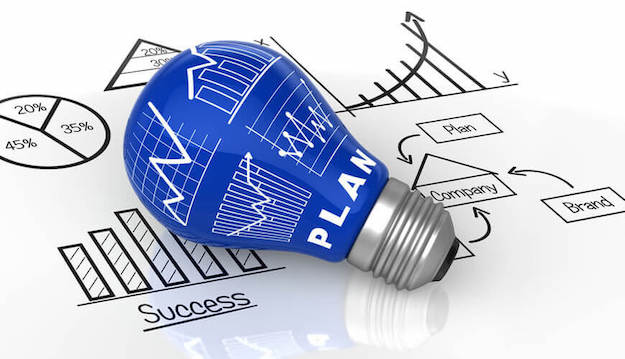Thousands of apps go live every day, but not all of them become successful or financially viable. Studies show that only .01% of apps can survive the cutthroat yet rewarding world of software development. Those who survived did not reap their success overnight. It took a lot of planning and engineering to launch and maintain their presence in everybody’s phones and computers.
Reliability, security, and performance determine the success or failure of an app. Some challenges, like being knocked off, lack of user-friendliness, and quality assurance issues, demand a more complex and specified approach. One method that has proven to be useful in facing these challenges is reliability engineering.
Reliability Engineering
Site Reliability Engineers (SRE) can configure automated systems and resolve issues and warnings before they become out of control. They are the dedicated “gatekeepers” that keep the software development running and prepare to battle it out during tough times.
This unique breed of engineers manages to change technology and the growing complexity of data by creating strategies for proactive crisis control. They also develop systems to minimize the impact on the company’s revenue and consumers.
If your company is on the fence about hiring a reliability engineer, here are the essential things you must know about reliability engineering to help your decision-making.
SRE Originated from Google
It is a no-brainer that Google Apps is one of the most successful SaaS Apps ever launched in history. Knowing that team of engineers who devised SRE came from Google puts you and your company in excellent hands. Google SaaS products and cloud platforms have a jaw-dropping scope, so their SREs have extensive knowledge of the reliability of a system.
At present, site reliability engineers used Google’s practices as a springboard that they use in their own companies. The engineering may be from the tech giant’s point of view. Still, reliability engineers can adapt it to their organization’s needs as technology revolutionizes over time.
Automation is the Core of Reliability Engineering
There are several definitions of SRE, depending on who you ask. Still, one core concept is common to all of them: automation. Reliability engineering aims to seize every opportunity to automate the system. The goal is to put a stop to time-consuming, costly, and inefficient tasks.
Scalability is one of the driving forces of automation. Manual processes hamper growth and limit the potential of the software. Another issue that automation solves is the lack of consistency. Often, when operations are done manually, it does not yield the same results. It often leads to mistakes, poor data quality, and oversights. Automation aims to solve all these using a well-scoped and efficient process.
Don’t Miss-
5 Main Struggles of Engineering Students
Importance of Actuators in Modern Engineering
SRE is Not Only for Tech Companies
Site reliability engineering may be closely associated with cloud-native and SaaS companies. But due to its reliability and cost-efficiency capabilities, it has already expanded to industries beyond the tech world. In this time of automation, e-commerce, and online education, every company is already a software company. There are already airline companies, homeware manufacturing, and universities that have SREs that make their organizations maintain their peak performance.
Reliability engineering focuses on understanding the failure of mechanisms and installing automated systems. An organization can benefit from having an SRE to focus on other income-generating tasks and serve their consumers in the fastest and most reliable way possible.

